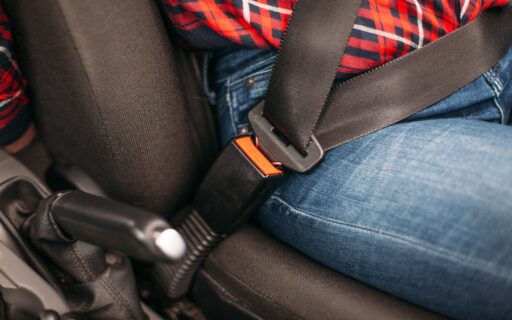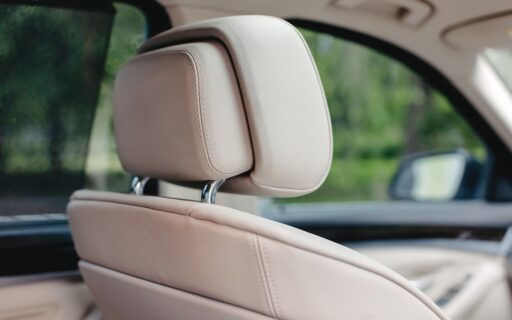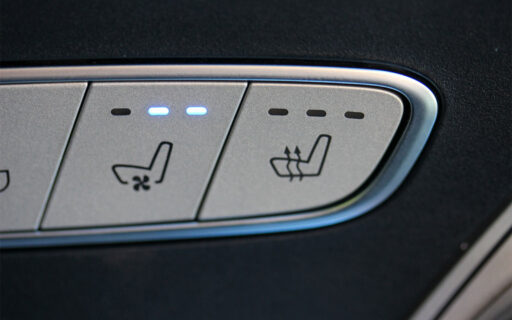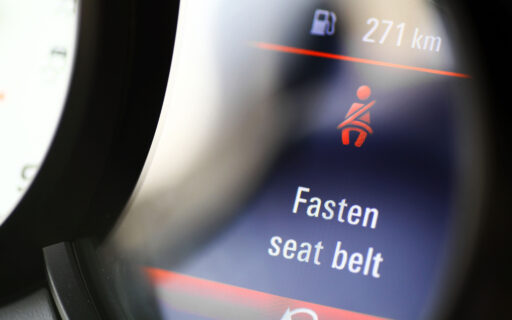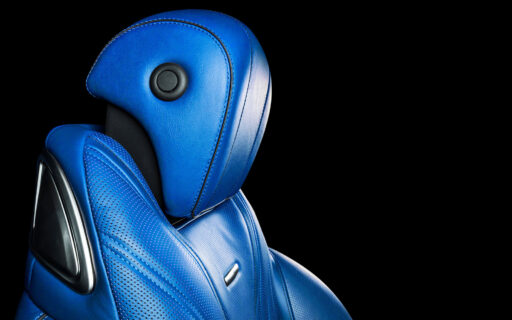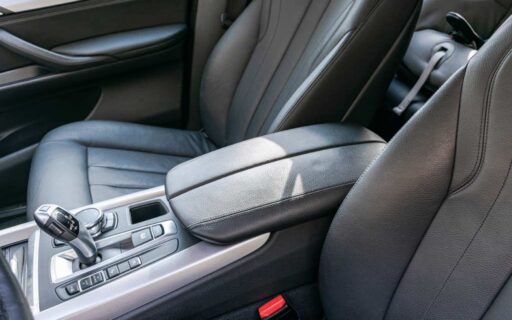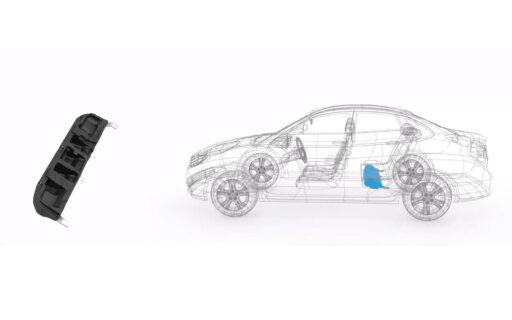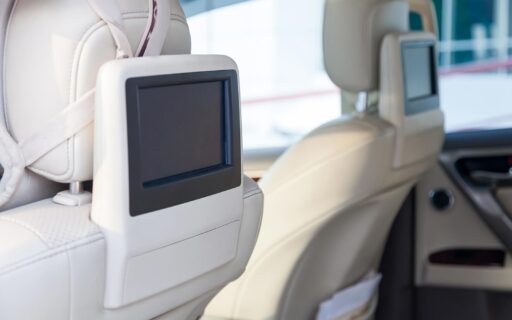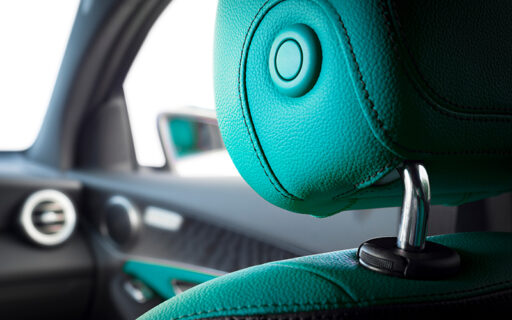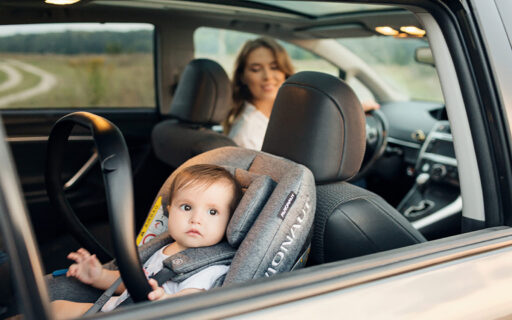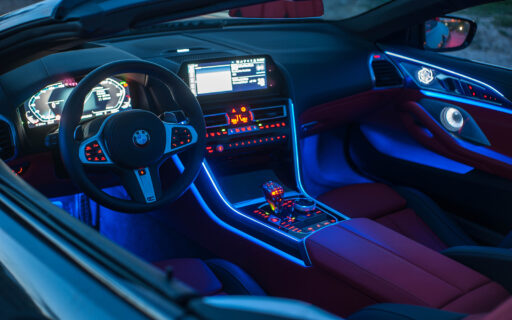Knauf Automotive
Ergonomics
Ergonomics in the car: comfort and safety of use
In the automotive industry, ergonomics plays an important role in car design, ensuring that drivers and passengers enjoy optimal travel conditions. From the placement of buttons and gauges to seat design and noise level control, every aspect of a car’s interior is carefully engineered to meet high ergonomic standards.
Latest articles
Layout of buttons and indicators
One of the key aspects of ergonomics in cars is the optimal placement of buttons, dials and indicators. In older models, it was common for drivers to have to take their eyes off the road to locate the necessary button or dial. Now, in newly designed cars, all controls are easily accessible and intuitively located for safe and convenient operation.
An example of excellent ergonomics is Mazda’s control system, with a centrally located multifunction knob. It allows intuitive navigation of the central infotainment system screen without having to take your hand off the armrest. Similar solutions, developed on the basis of detailed research, can be found in Peugeot and Volvo models.
Designing indicators and controls
Equally important to ergonomics are the gauges and controls on the dashboard. Their shape, size, color and placement are important for the driver’s quick and intuitive interpretation of information. Indicators with proportionally sized graduations and thickness of arrows are most easily seen, as well as controls that use the color red to signal faults or dangerous situations.
One interesting solution is the Night Panel system used in Saabs, where when the dashboard lighting is turned off, the speedometer lights up only for the current vehicle speed, limiting the amount of information displayed to the driver.
Comfort of vehicle interior
Ergonomics in a car is not only about the arrangement of buttons and indicators, but also about ensuring optimal travel comfort. Seats play an important role here, with their construction and adjustability contributing to reduced driver and passenger fatigue.
The German organization Action for a Healthy Back (Aktion Gesunder Rücken – AGR) has developed special standards for seats. To obtain an AGR certification, the seats must for example have the appropriate lumbar support, be adjustable in height and seat angle, and have a properly contoured backrest.
At Knauf Automotive, we design and manufacture e.g. car armrests made of expanded polypropylene (EPP), car headrests made of EPP as well as a wide range of car seat components.
Equally important are issues of soundproofing the vehicle’s interior and ensuring optimal temperature and airflow. As challenging as it may be to achieve a compromise between low price and maximum comfort, manufacturers continue to work on improving air conditioning and soundproofing systems.
The future of ergonomics in automotive
The future of ergonomics in cars appears to involve a quest for even greater integration of technology and user needs. Concepts such as Lancia Dialogos, with automatically adjusting seats and doors that open like a book, might just be a harbinger of what the future may bring.
The development of autonomous driving systems is also expected to have an impact on the ergonomics of car interiors. With drivers not having to concentrate on driving as much, elements such as the ability to move freely inside, comfortable seats or integrated entertainment and work systems should gain greater importance.
The impact of ergonomics on safety
Ergonomics in a car is not only a matter of comfort, but also vehicle safety. Proper placement of controls and indicators, as well as ensuring optimal visibility and minimizing distractions, directly affect the driver’s concentration and reactions in dangerous situations.
Moreover, ergonomic seats and spinal support systems can significantly reduce the risk of injury in the event of a collision. Car manufacturers are focusing more and more attention on these aspects to ensure the highest level of safety for both drivers and passengers.
Ergonomics and the environment
While ergonomics in a car focuses primarily on user comfort and safety, it also has a significant impact on environmental issues. Solutions such as effective interior soundproofing and optimized air conditioning systems translate into lower fuel consumption and lower emissions.
Ergonomic design of automotive interiors using lightweight materials also constitutes an important element of sustainable development in the automotive industry.
The role of technology in ergonomics
Technological advances play a key role in the continuous improvement of automotive ergonomics. Advanced computer simulations, user surveys, and innovative new materials and technical solutions allow designers to tailor interiors even more precisely to the needs of drivers and passengers.
Ergonomics and driving comfort
Ensuring maximum travel comfort is one of the main goals of ergonomics in a car. With the right interior design, the driver and passengers can enjoy a comfortable and less tiring ride, which in turn translates into greater concentration and safety on the road.
According to a survey conducted by Ipsos (Institut Public de Sondage d’Opinion Secteur) in 2017, the average European spends as much as 208 hours in the car per year [1]. Moreover, a study conducted by the AAA Foundation for Traffic Safety in 2022 in the US showed that in the United States, the time spent in the car per year is as high as 365 hours [2]. This is one of the reasons why it is so important that a car’s seats, air conditioning, soundproofing and other interior features are designed for long-term use and with the aim to minimise fatigue.
How does Knauf Automotive contribute to ensuring vehicle ergonomics?
Technological advances and continuous research allow automakers to continuously improve ergonomic solutions, making the journey increasingly pleasant and safe. At Knauf Automotive, we specialize in the processing of plastics, making a significant contribution to the ergonomics of automobiles through innovative technologies and solutions. We manufacture components and packaging from expanded polystyrene and polypropylene (EPP and EPS), in addition to injection molded products.
Through precise molding and customization, Knauf Automotive products support designers in creating ergonomic spaces that provide both comfort and safety for drivers and passengers.
Sources:
[1] The expectations of Europeans in terms of mobility. European Mobilities Observatory. April 2017. https://www.ipsos.com/sites/default/files/2017-05/European_Mobilities.pdf
[2] Steinbach, R. & Tefft, B.C. (2023). American Driving Survey: 2022 (Research Brief). Washington, D.C.: AAA Foundation for Traffic Safety. https://aaafoundation.org/american-driving-survey-2022/
